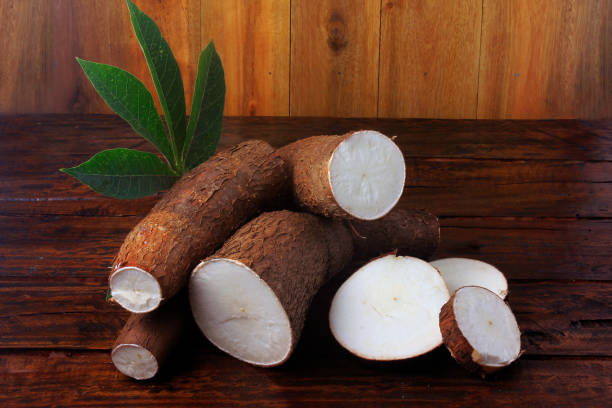By Jackline Wesigye
In the last presidential address, the president told Ugandans to opt for muwogo if they don’t have bread.
This was criticized by the media and the population at large. as it was seen as an insensitive remark. Some critics claim that instead of addressing the economic situation, he makes insensitive remarks because he has lost touch with the people.
Was he wrong?
Bread in a Ugandan setting is commonly prepared from a wheat base, unlike in developed countries where wheat is getting less popular as more allergens in wheat are found.
Bread is more popular and most of the population is accustomed to its taste, unlike the less cultured cassava. In food science terms, bread would score higher on a consumer’s sensory analysis scale if compared to cassava.
Bread companies have well established distribution networks to reach every homestead. Bread, unlike cassava, has well known procedures that have been documented and implemented in the small and middle income factories all around the country.
Bread is a portable and respectable snack that is commonly packed for kids’ lunches without much discussion or repercussions, as a kid would if he packed cassava for lunch.
Bread has several condiments such as jam, blue band, ,peanut butter, marmite, mayo, among others that have distribution and value chains tied to it.
Bread is used to make sandwiches and is a complete and significant food in most western and eastern cultures. It is a popular food all over the world, especially in arid countries in Africa. So yes, he was wrong to challenge a well-established, globally loved food product.
Was he right?
Cassava per tree produces more food . One plant has been known to produce up to 5 kg of edible products.
Cassava grows well on our land and requires much fewer inputs than would the same amount of wheat.
Cassava is used in lots of products other than wheat, and an increase in production and agro processing of cassava will give more in house products than wheat. In Nigeria, policy requires that 10-30% of cassava be substituted in making bread.
Think of all the products that use cmc (carboxymethylcellulose): liquid soap, tomato sauce, yoghurt, ice cream, to mention but a few.
For Uganda, if we developed the production value chain of cassava to the level of imported wheat, we as Ugandans would benefit and possibly feed our neighbors.
In 2020, Uganda imported $119 million in wheat, becoming the 69th largest importer of wheat in the world. In the same year, wheat was the 6th most imported product in Uganda. Uganda imports wheat primarily from Russia ($41.9 million), Argentina ($31.3 million), Ukraine ($15.1 million), Germany ($13.8 million), and Lithuania ($4.83 million).
Both wheat and cassava can be used to make bread. We should rather inform the population that cassava can make good bread that we can consume and enjoy.And if we replaced imported wheat with cassava in our bread we could stop the dependency on imported wheat. Here is a recipe we could try.

Jackline Wesigye, Lab Technician (Food Science Department)


